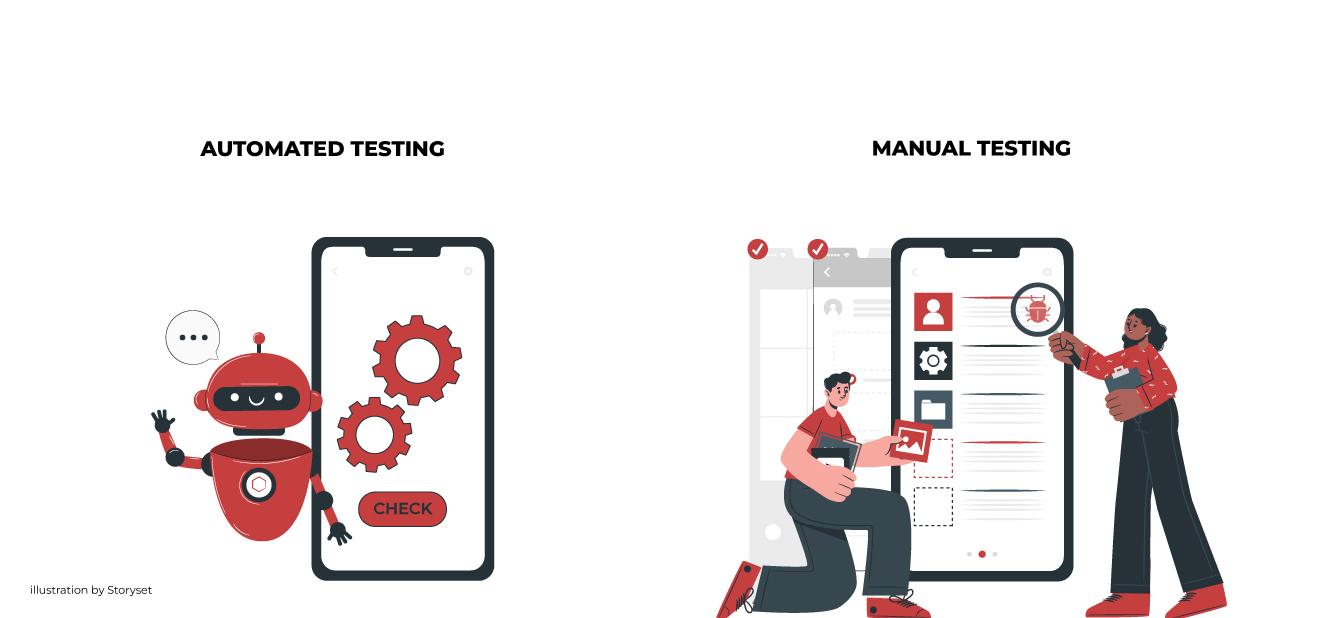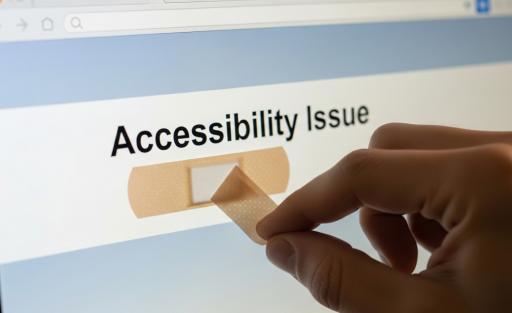Automated versus Manual Web Accessibility Audit

Web accessibility is an essential aspect of the modern digital world, ensuring that people with disabilities can access and interact with digital content. As the wider discussion on inclusive design gains more and more attention, developers and designers must adopt effective methods to enhance the accessibility status of their digital products. There are two primary ways to accomplish this: Testing with automated tools and manual testing.
This article explores the differences between these two methods and highlights the importance of achieving the right balance between them for creating accessible digital experiences.
Automated Web Accessibility Audit
Automated web accessibility testing is conducted with the use of specialized software and tools to audit web pages for potential accessibility issues. These tools operate based on the latest version of the Web Content Accessibility Guidelines (WCAG). Some benefits of automated testing include:
- Speed and Efficiency: Automated tools can analyze a large amount of web pages in a small amount of time.
- Early Detection: Testing with automated tools enables early detection and correction of accessibility issues, saving time and effort in the long run.
- Consistency: Automated tests follow predefined rules consistently.
- Continuous Monitoring: Automated tools can be used for regular monitoring as the website evolves and develops.
However, it's important to note that automated testing also has its disadvantages:
- Limited Range: Automated tests focus on technical specifications and rules and may overlook certain usability issues that can significantly impact accessibility and user experience.
- Human Language: Creating accessible content includes writing text for labels and descriptions meant to be read by humans. Automated accessibility tools cannot evaluate and optimize human language.
- False Positives and/or Negatives: Automated tests might produce false positives or negatives and manual verification by the accessibility expert is essential to validate the results accurately.
Manual Web Accessibility Audit
Manual web accessibility testing is conducted by accessibility experts who perform a number of tasks and scenarios through the digital product under evaluation. The experts simulate real user interactions with various assistive technologies, such as screen readers, or interaction patterns like keyboard-only navigation. Some advantages of manual testing include:
- Understanding the context: Accessibility experts can interpret the website's content and functionality.
- Real user simulation: Manual testing is very close to the actual experience of users with disabilities, providing valuable insights into the website's accessibility.
- Assistive Technology: Testing a digital product with assistive technologies can detect a serious number of issues that could not be discovered with any other means.
- Usability Overall: Manual testing can reveal usability issues that may not be detected through automated tests.
However, manual testing as with every method has its limitations as well:
- Time and Effort: Manual testing can be time-consuming, especially for large and complex websites.
- Limited Coverage: Manual testing is conducted on page templates and might not cover the entire website.
- Human Interpretation and bias: Audits performed by humans and the results that they produce can vary at a certain level, mostly for usability issues. However, at the time being, only a human can understand the context of use and make a valid interpretation of the web accessibility guidelines across features and user scenarios.
Finding the Perfect Balance
To achieve the desired level of digital accessibility, it is crucial to combine automated and manual testing. Both methods are essential for creating an accessible web experience. Automated tests provide speed and efficiency, while manual testing brings human expertise and context of use, simulating real-world interactions which is more than essential and cannot be replaced by automated tests. By combining both methods developers and designers can build digital products with accessibility in mind, thus providing a truly good user experience to a wide range of users.
Do not forget!
Unfortunately, many people believe that the use of automated tools is enough. When it comes to web and digital accessibility there are no shortcuts. We just cannot be confident that a few automated tools are sufficient for an accessibility audit. The nature of web accessibility guidelines requires more than that!
Digital products and services targeting humans must be implemented and audited by humans and not just automated tools (even if they incorporate artificial intelligence functions).
Everyone must understand that automated tools exist to make our tasks a bit easier and not as a total substitution for our manual effort. Digital Accessibility is not a dry tick-the-box process but a complex worthwhile process that combines human expertise and technology aiming at providing the best possible user experience for all.
Happy testing!




